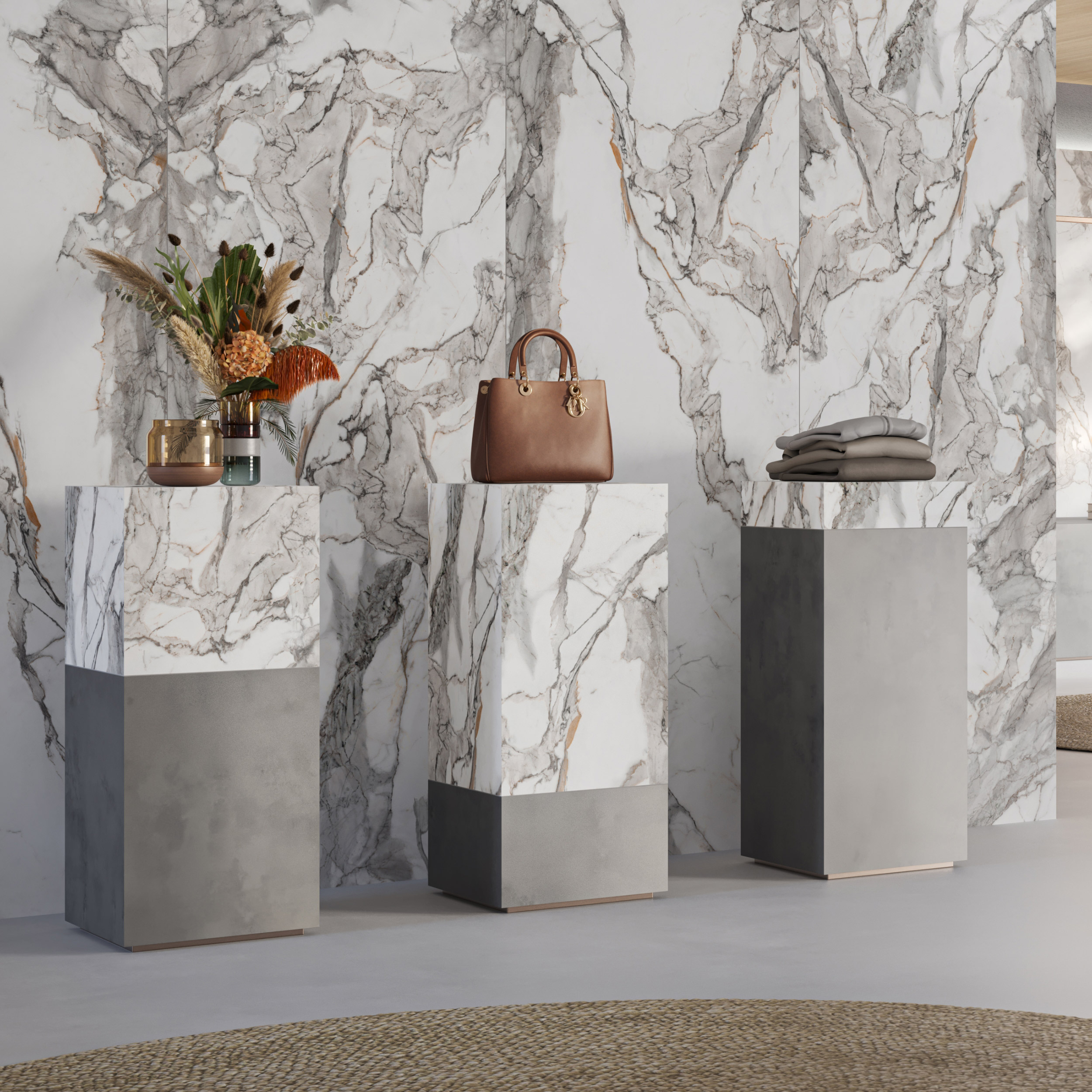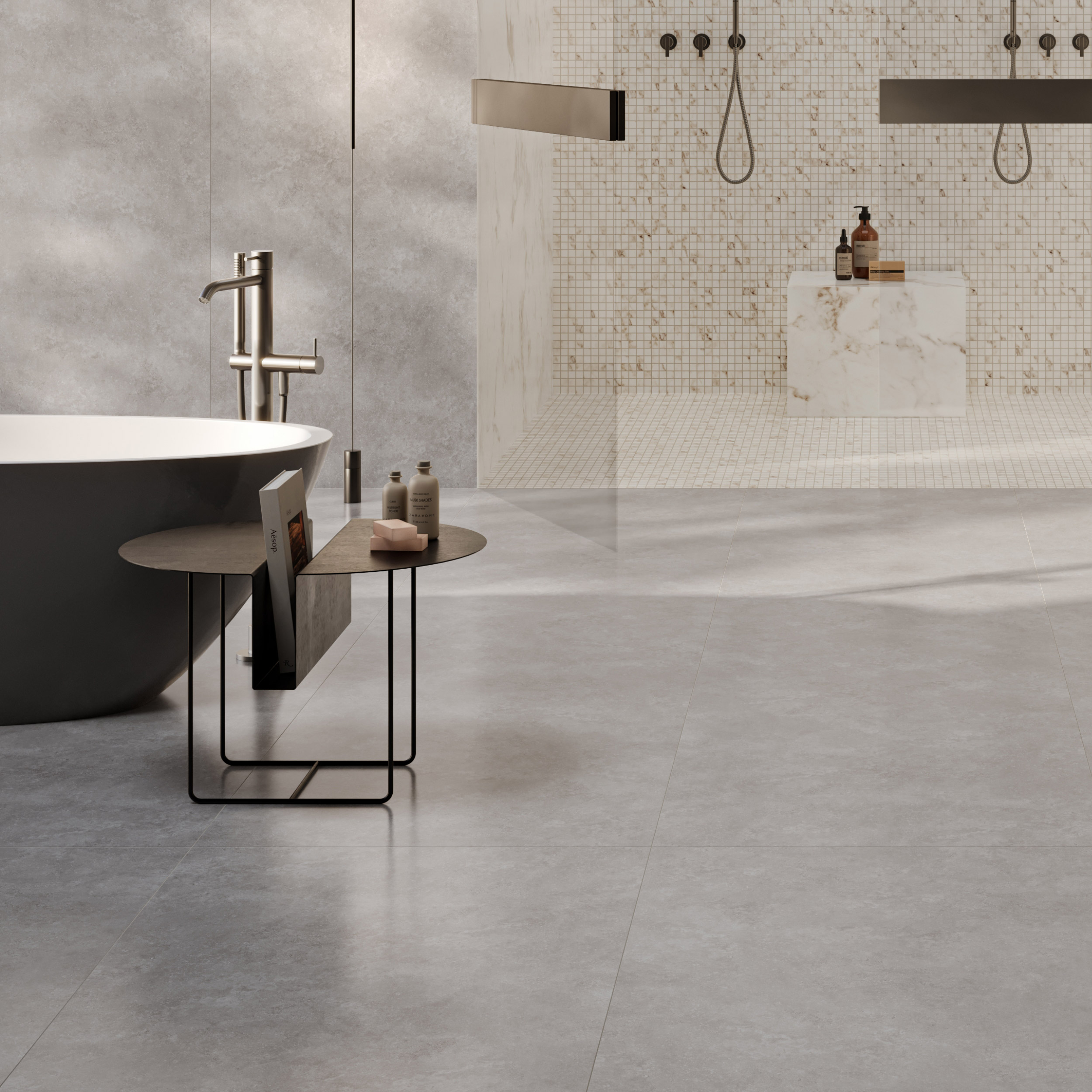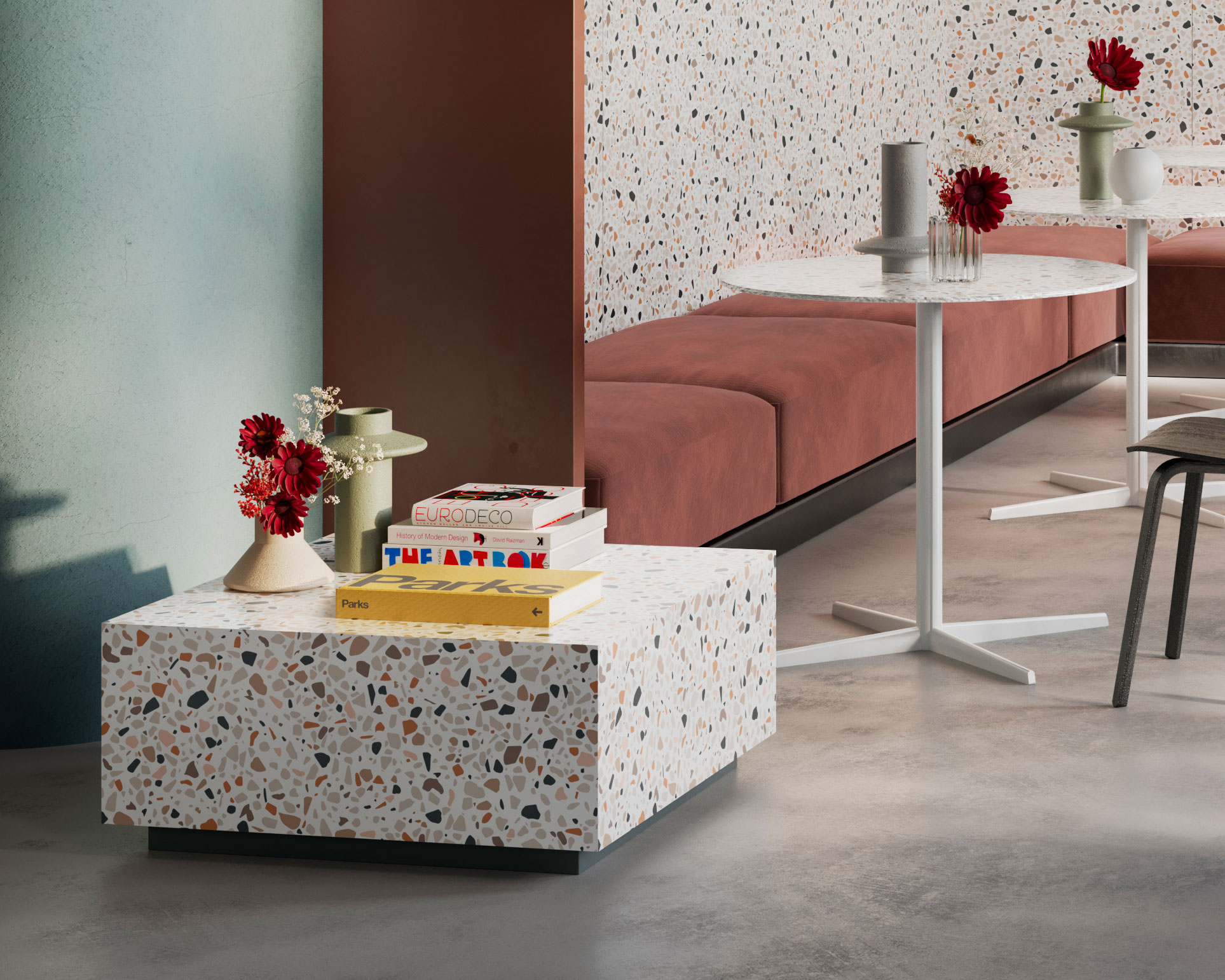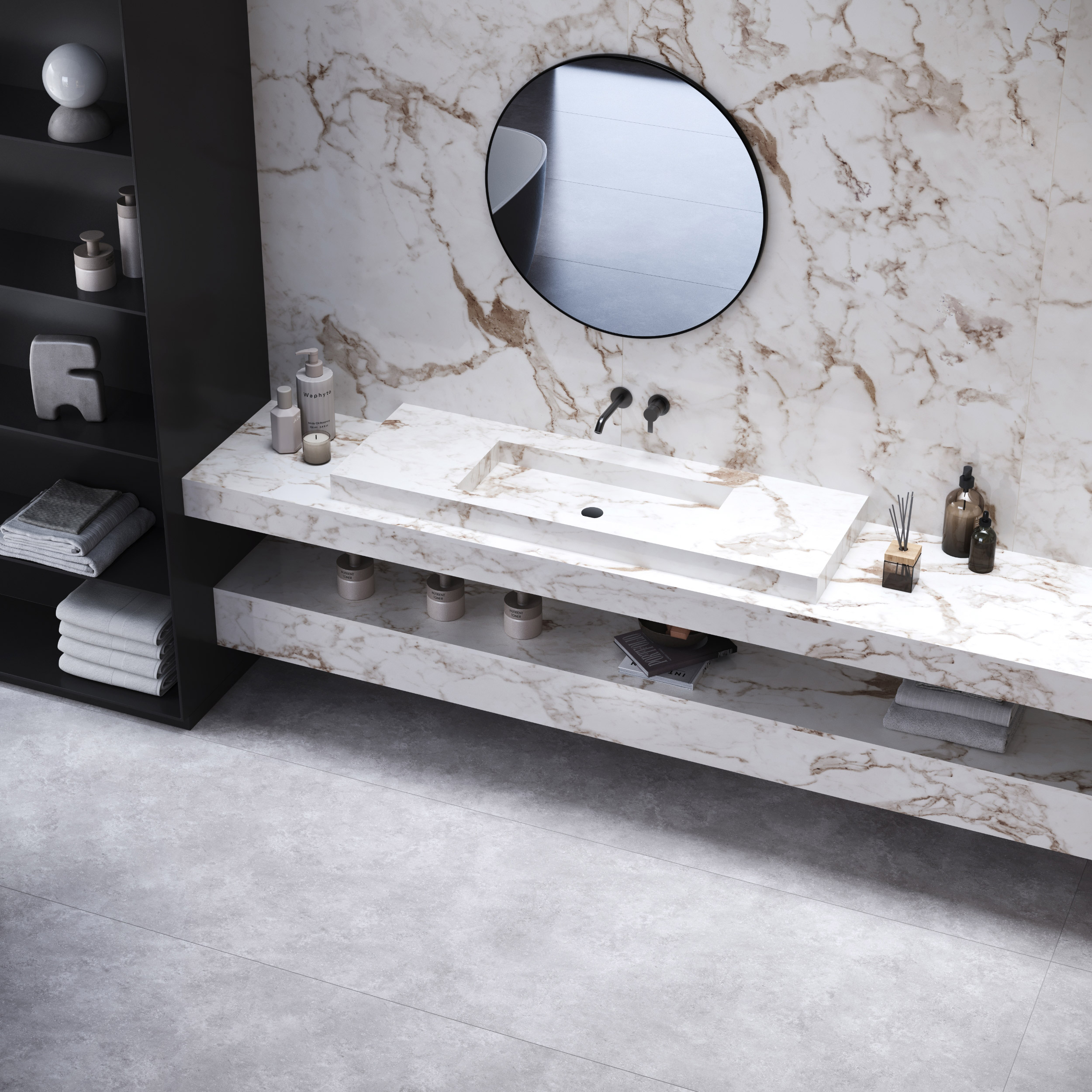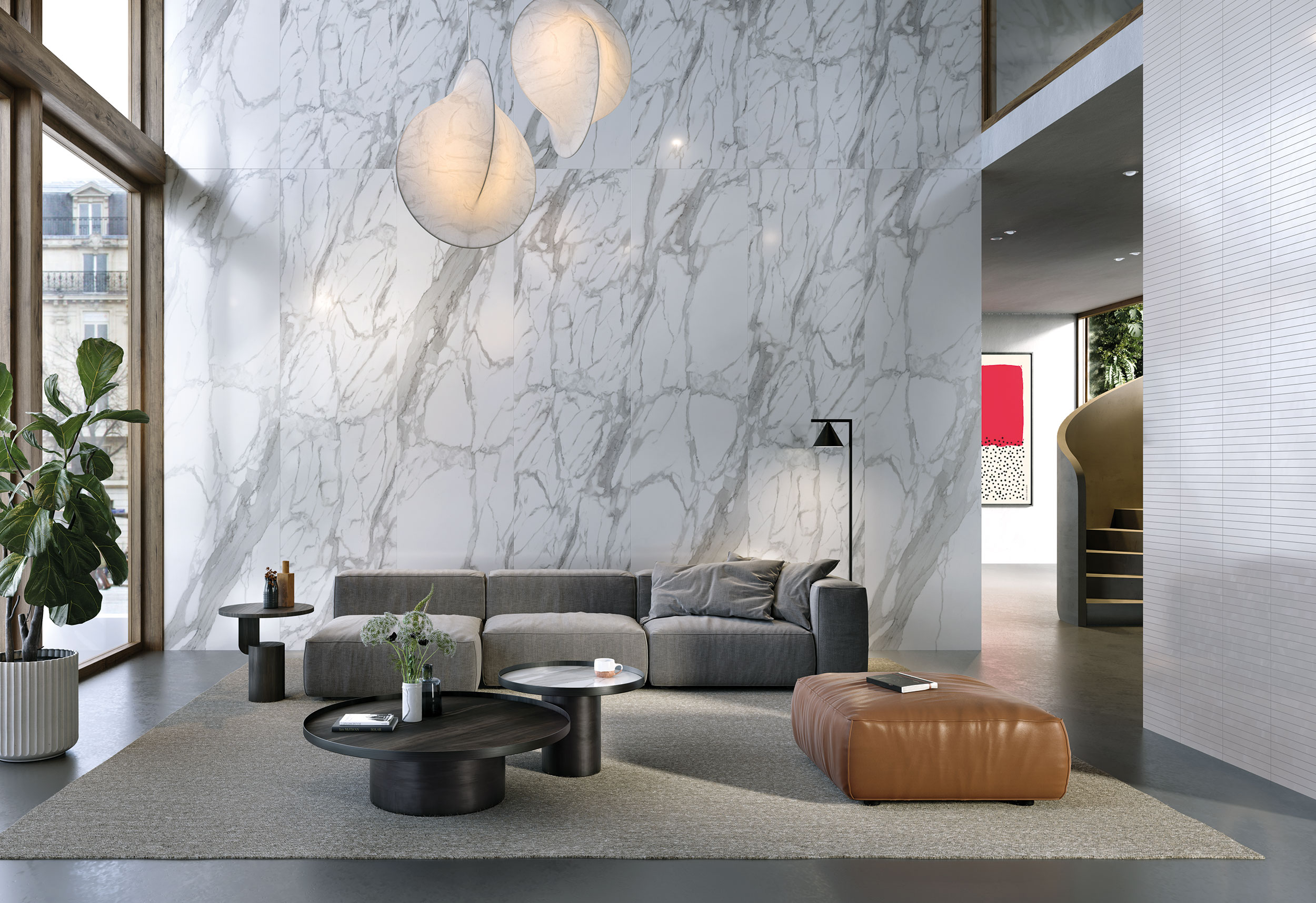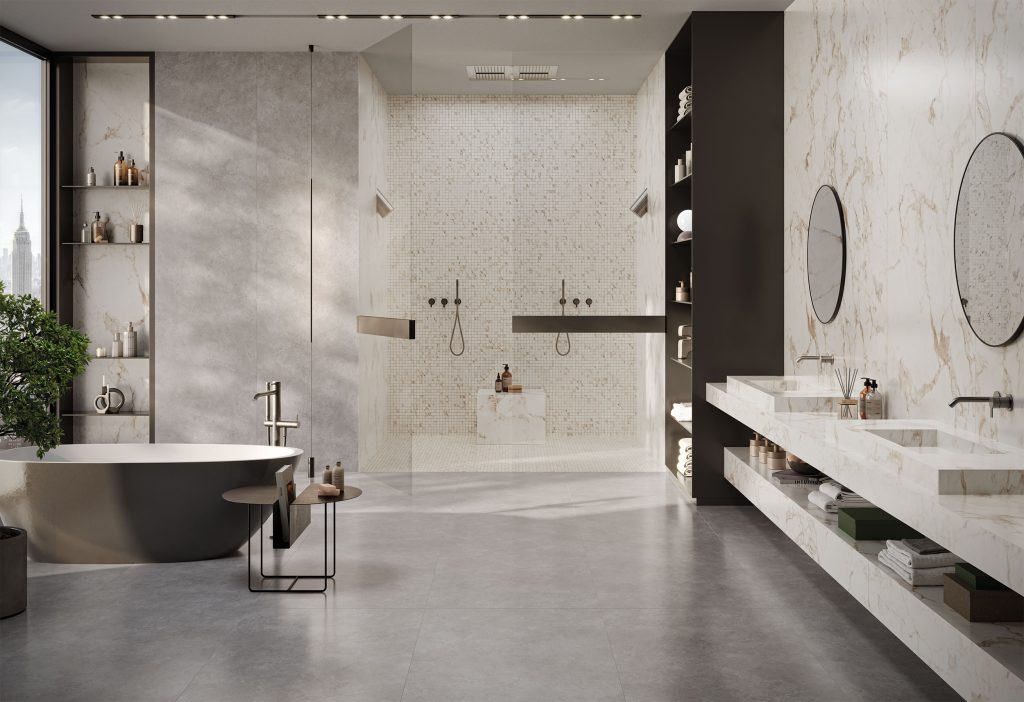
The demand for sustainable construction materials has never been higher.
In 2025, architects and designers are under increasing pressure to deliver buildings that are both high-performing and environmentally responsible.
But not all “green” materials are created equal. And navigating claims of sustainability, durability, and circularity is more complex than ever.
Here’s a closer look at the best sustainable surface for 2025. And why Sustonable stands out from the crowd of sustainable construction materials.
What makes a material truly sustainable?
To meet the demands of future-proof design, a sustainable construction material must go beyond recyclability. Key criteria include:
- Verified use of recycled content
- Low environmental footprint across its life cycle
- Third-party certifications
- Durability and long lifespan
- Safety for indoor environments (no VOCs or toxic additives)
- Design flexibility and functional performance
Leading the pack: Sustonable
Sustonable is a next-generation sustainable surface made from post-consumer rPET bottles and pre-consumer recycled glass.
Each slab is 99% recyclable, VOC-free, and crafted through a low-impact production process that uses 95% recycled water.
With a carbon footprint up to 70% lower than traditional engineered stone, Sustonable offers:
- Circularity by design: real recycled input, real end-of-life recyclability
- Aesthetic excellence: seamless, stone-like looks in a wide range of finishes
- Technical performance: lightweight, durable, stain-resistant, and waterproof
Certified credibility: including REACH, Greenguard Gold, NSF, and EPD
Why 2025 demands better materials
New EU regulations like the Ecodesign for Sustainable Products Regulation are pushing for stricter requirements on recycled content and environmental reporting.
Developers and architects who want to future-proof their projects need to specify materials that can meet these standards today.
Ready to build smarter?
Whether you’re designing a high-end residence, a public restroom, or a retail concept, choosing the right materials sets the tone for long-term performance and impact.
Sustonable isn’t just one of the best sustainable materials for 2025.
It’s a material designed for the future.
